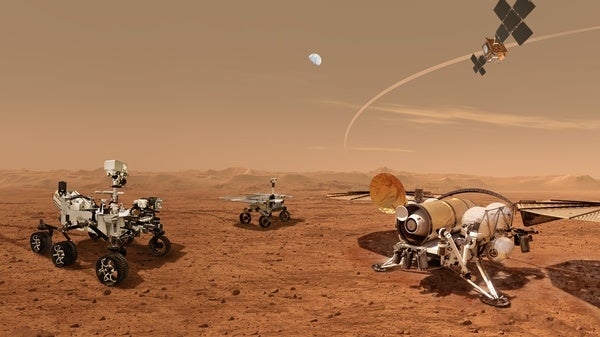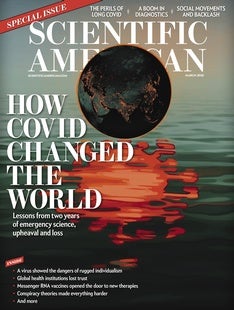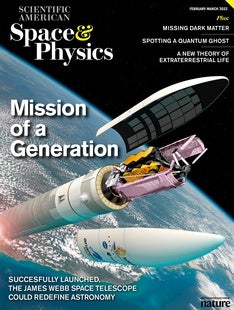 |
| March 10, 2022 |
Dear Reader,
This week, we're looking at how to launch a rocket from Mars—something that experts at NASA and the European Space Agency are feverishly studying in prep for next decade's plans to return Red Planet samples to Earth. The preferred approach, it turns out, involves tossing the rocket into the air before igniting its engines. Elsewhere, we have stories about quantum mechanics versus free will, revolutionary women in mathematics and a new light-based way of making time crystals. Plus updates on the nuclear dangers of Russia's war in Ukraine. Until next time, stay safe! |
| |
 |
| |
| |
| |
| |
| |
| |
| |
FROM THE STORE
 | | Mars: A New Era of Exploration Was there ever life on Mars? Could life exist there? The latest of nearly 50 missions, NASA's Mars Perseverance Rover is the opening shot of an ambitious plan to find answers. In this eBook, we look at the Red Planet: what we've learned from past rovers, the challenges of space travel and searching for life, proposals for how to make Mars livable and how Perseverance could change everything we know for decades to come. |  | | |
| |
| |
FROM THE ARCHIVE
 | | | |
LATEST ISSUES
 |
| |
| Questions? Comments?  | |
| Download the Scientific American App |
| |
| |






















